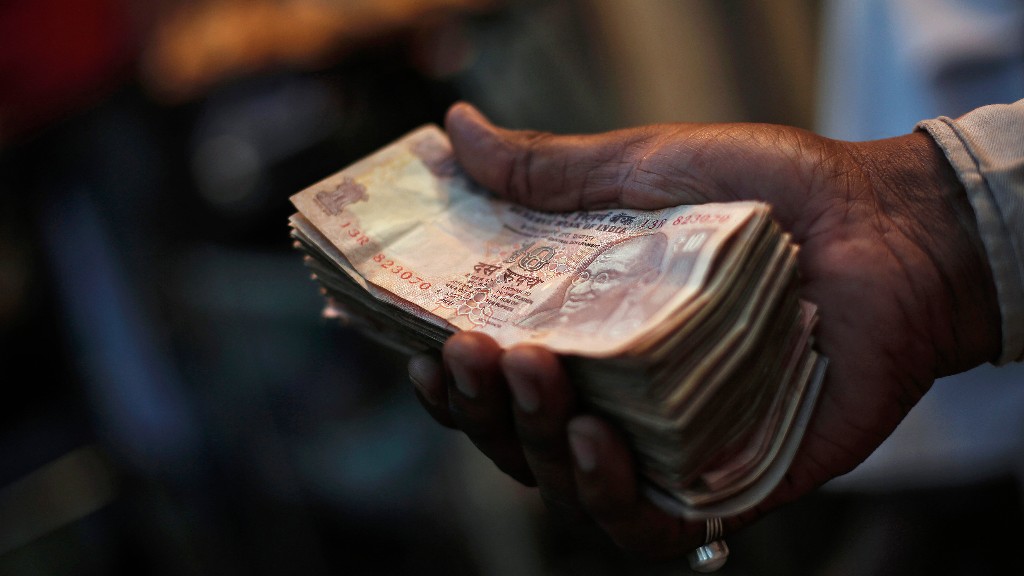The Finance Minister Nirmala Sitharaman, in her maiden budget speech in the Lok Sabha, introduced a 2 percent tax deducted at source (TDS) on cash withdrawals from banks, cooperative banks and post office banks, in excess of Rs 1 crore per financial year. This regime has kicked in from 1 September 2019.
If you have already withdrawn Rs 1 crore up to 31 August 2019 from 1 April 2019 onwards, and if you withdraw in September 2019 another Rs 10 lakh, 2 percent will be deducted at source from Rs 10 lakh. And this process will be followed till 31 March 2020. A fresh TDS-free limit of Rs 1 crore would be available for the next financial year 2020-2021, and so on.
What is the way out of its clutches? Well, since it applies to everyone including firms and companies, a bit of planning is required.
The scheme enshrined in the the new section 194 N itself shows the way — open as many accounts as you want, so that from each bank, you don’t withdraw more than Rs 1 crore a year. 12 bank accounts if you want to withdraw Rs 12 crore during the year, 10 bank accounts if you want to withdraw Rs 10 crore during the year, and so on.
Why Govt Wants to Limit No. Of Current Accounts
In a country where wily people split their income among several taxable units to avail of the tax-free limit of Rs 2.5 lakh multiple times, splitting of withdrawals from multiple bank accounts is child’s play. In fact, this is not new to bank account holders. They are familiar with another TDS regime — interest on fixed deposits in excess of Rs 10,000 per financial year is subject to TDS.
The mantra is to open FDs with as many banks as possible, so that you don’t earn more than Rs 10,000 from each one of the banks. It is not as if TDS goes down the drain. It is a sort of advance tax, and to the extent that there is no tax liability, TDS is refundable after one’s income tax return is processed.
Yet there is a marked reluctance to subjecting oneself to the TDS regime except on the part of the salaried persons who willy-nilly have to comply.
Be that as it may. Multiple banks accounts come in handy not only to duck TDS. It is more handy for businessmen including professionals and service providers. Not all their current accounts are disclosed to the tax authorities including GST. Vexed with this tendency, the government is mulling a proposal to limit the number of current accounts a professional or service provider can have to start with. The discussion within the government to this effect was triggered by a recent case in Ghaziabad in Uttar Pradesh, where a person was found to have 87 accounts with Oriental Bank of Commerce and Axis Bank. He is suspected to have laundered more than Rs 380 crore using these accounts. Incidentally, this disabuses the innocent notion harboured in some quarters that all bank deposits are legit.
No Proposal to Ban Multiple Accounts; Only to Limit Them
In fact money laundering is all about conferring legitimacy on admittedly ill-gotten funds. Having said this, it must however be granted that there is nothing wrong in having more than one bank account for convenience. In the heady days of demonetisation, multiple ATM cards came handy when there was a sort of rationing per ATM card — Rs 2000 per day — which was later increased to Rs 20,000 per week. People also combine a private sector bank account with a PSB account just in case.
PSB employees strike work at the drop of the hat, and their services are often incomparable with the nimble-footed services of their private counterparts. The government too realises this, and does not propose to ban multiple accounts but only limit them.
(S. Murlidharan is a Chartered Account, and has also written extensively for The Hindu Business Line between 1996 through 2013, and later started contributing regularly to Firstpost on a range of issues like business, economic, tax. He is currently based in Chennai. This is an opinion piece and the views expressed above are the author’s own. The Quint neither endorses nor is responsible for the same.)
(At The Quint, we question everything. Play an active role in shaping our journalism by becoming a member today.)
